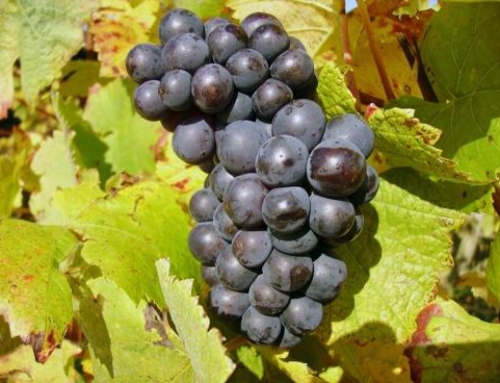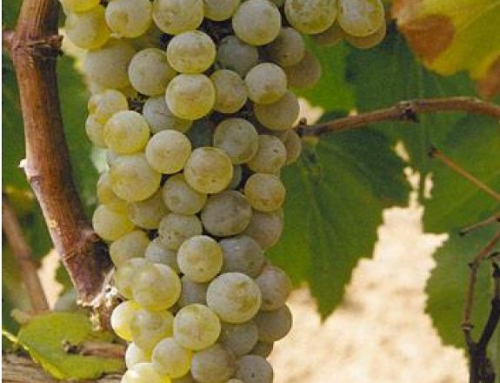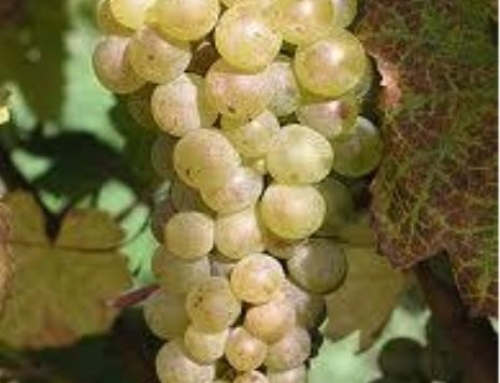Thoughts turn to Zinfandel at this time of year not only because its spicy, jammy flavors seem so perfectly suited for winter, but because it is an all-American wine — the most widely planted grape in California and produced nearly exclusively in the U.S. — perfect for that most American of holidays, Thanksgiving. Zinfandel is a great pairing with the traditional foods of Thanksgiving. It’s luscious with crispy roasted meats and a fantastic match for rich side dishes like candied sweet potatoes and fruited stuffings.
Zinfandel is just so darn likable. It’s one of the most versatile grapes, turning out wines ranging from light and fruity to big and tannic. Prices are equally flexible. Surprisingly good Zins can be had for less than $10, while special-occasion bottles costing upwards of $50 are also readily available, and worth every penny.
For most of its history, the origin of the Zinfandel grape was unknown and many believed it was the only known grape varietal native to the U.S. Once DNA profiling became available, scientists discovered that the Italian grape Primitivo was genetically identical to Zinfandel and thus concluded that Zinfandel originated in Italy. But recent research has proved that both Zinfandel and Primitivo are clones of the Croatian variety, Crljenak. The vines for the grape we now call Zinfandel were first brought to the United States by a New York horticulturist in the mid-1850s, and it’s been thriving here every since.
Zin grapes are very hardy and adaptable to a range of climates and soils. For this reason, along with their great ability to resist disease, there are many “old vines” (sometimes called ancient vines) Zins on the market. These are wines made from grapevines that are at least 75 years old. Many Zin lovers believe that these old vines produce superior wines because they tend to be low-yielding, so the few grapes that do grow are very high quality. Old vines are also rooted deeper into the earth, which imparts them with richer flavors and more complexity. Late Harvest Zins, those made from fruit that is allowed to ripen longer and thus intensify in sweetness, are fabulous dessert wines and can be used interchangeably with Port in recipes.
You probably can’t talk about Zinfandel without mentioning White Zin. This soft pink, sweet wine is also made from Zinfandel grapes, but the skins are quickly removed from the pressed juice before much coloration can set in. White Zinfandel has enjoyed immense popularity since the 1970s when white wine sales far outpaced red wine sales, leaving producers with excess red grapes. Though it suffers from bad PR well-earned by the sickly sweet White Zins that many wine drinkers cut their teeth on, the high quality versions of this wine can be delicious on a hot summer day, especially when consumed with a light meal.
This year, make room on your Thanksgiving Day table for a bottle of Zinfandel. It’s a great tradition.





Leave A Comment